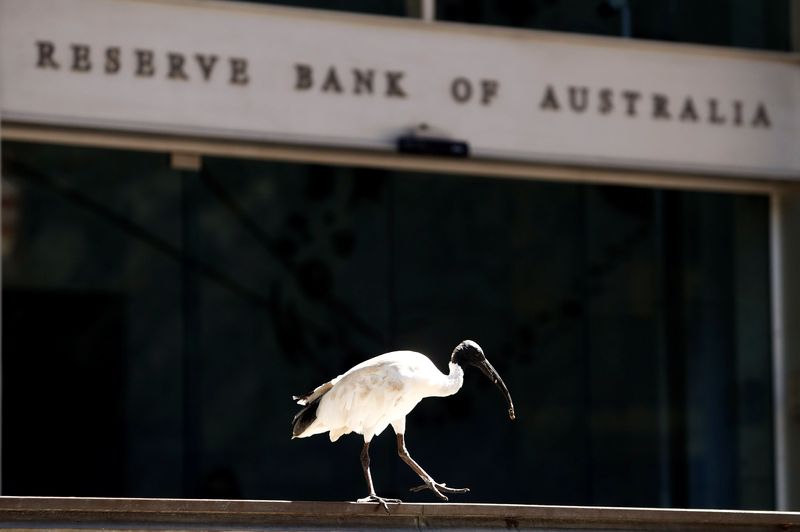A look at the day ahead in U.S. and global markets from Mike Dolan
The new quarter seems to have defused some of the tension in world markets over recent weeks, helped by something of a rethink on just how hard central banks are willing to squeeze credit into mounting financial and economic stress.
Futures markets have dialled back the more extreme pricing for how high policy interest rates may have to go next year to rein in inflation.
The Reserve Bank of Australia's decision to hike rates on Tuesday by a quarter percentage point rather than the half point forecast only encouraged that line.
Perhaps reflecting government thinking worldwide as well as those in the markets, Australia's Treasurer Jim Chalmers said after the RBA decision: "The weight of opinion around the world is that the global situation has gotten much worse, even in the last few weeks."
The extent to which some of that extreme volatility was exaggerated by the quarter-end is a moot point that may take a few weeks to understand, not least with China's markets closed all this week.
But there have been clear signs in Britain and elsewhere that central bank tightening - egged on by sticky inflation, an energy crunch and fiscal loosening - had hit a nerve in government debt and mortgage markets.
That's prompted a revision of just how high even the U.S. Federal Reserve may have to go. Markets implied 'terminal rate' for the Fed funds target rate next year has dropped about 30 basis points over the past week and moved back into March from September - a little over 100bps higher than current rates.
Although there's still 66bp of tightening priced for the November Fed meeting, speculation is rising that the central bank will now opt for a 50bp rise after three 75bp hikes in a row.
Two-year Treasury yields dipped back below 4% on Tuesday for the first time in two weeks, while 10-year Treasury yields have lost almost half a percentage point in a week.
After a strong rally on Monday, S&P500 futures are up another 1% or more ahead of the open today and the dollar retreated to its lowest since Sept 22.
Elsewhere, Britain's bond market rigor eased a bit as the government rowed back on part of its tax-slashing plans. The head of the UK Debt Management Office said on Monday the market is undergoing "a major repricing" but should comfortably absorb the extra 62 billion pounds ($69 billion) of debt announced after finance minister Kwasi Kwarteng's Sept. 23 mini-budget.
An additional stress in sharp price moves of Credit Suisse's shares and bonds this week also appeared to ease a bit.
Geopolitics were less helpful. Nuclear-armed North Korea test-fired a ballistic missile further than ever before on Tuesday, sending one soaring over Japan for the first time in five years.
Markets will also eye Tesla (NASDAQ:TSLA) closely after its shares closed down 8.6% on Monday in their steepest single-day decline in four months after third-quarter vehicle deliveries fell short of Wall Street estimates.
Key developments that should provide more direction to U.S. markets later on Tuesday:
* U.S. August JOLTS job opening data, U.S. Aug factory orders and durable goods orders revision,

* U.S. Federal Reserve board governor Philip Jefferson, New York Fed President John Willliams, Cleveland Fed chief Loretta Mester, San Francisco Fed chief Mary Daly, Dallas Fed chief Lorrie Logan all speak
* European Central Bank President Christine Lagarde speaks in Frankfurt; ECB Vice President Luis de Guindos, ECB bank supervisor Andrea Enria speaks
(By Mike Dolan, editing by Jason Neely; mike.dolan@thomsonreuters.com. Twitter (NYSE:TWTR): @reutersMikeD)